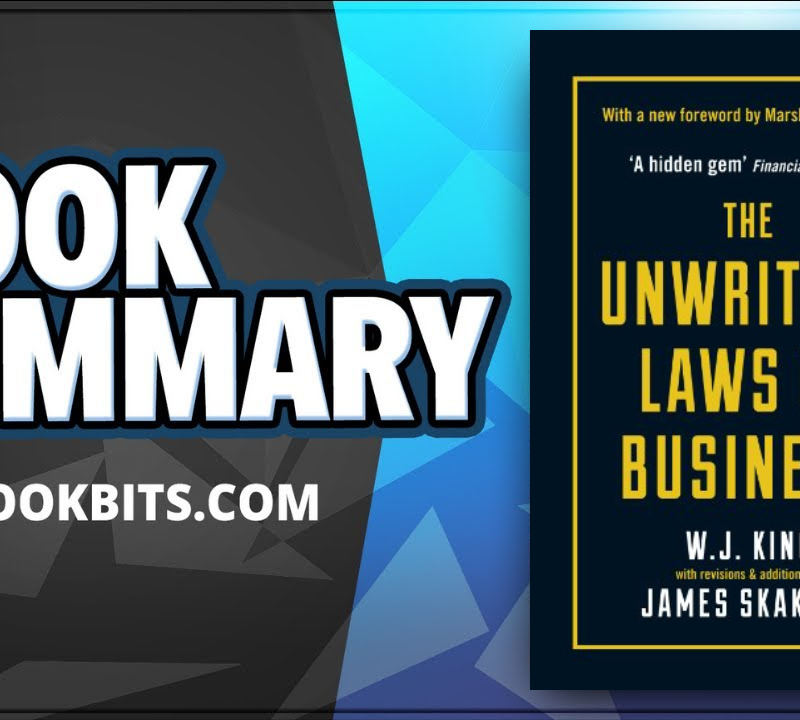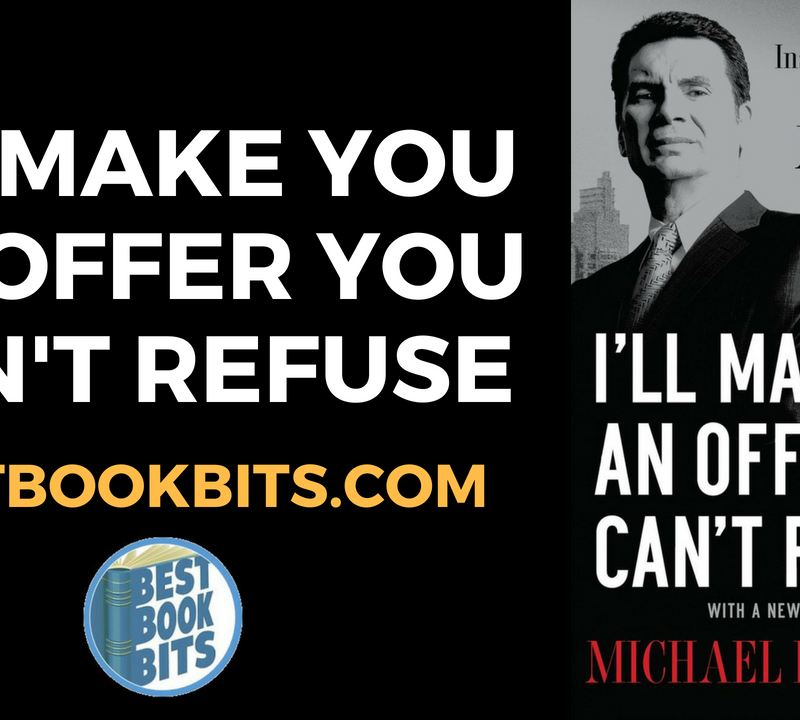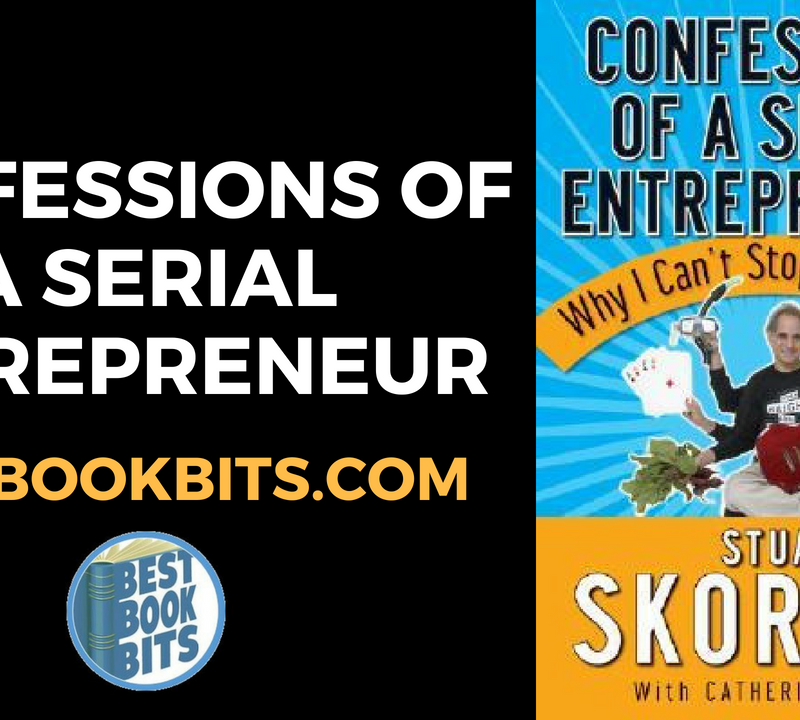★DOWNLOAD THIS FREE PDF SUMMARY HERE
? MY FREE BOOK TO LIVING YOUR DREAM LIFE”
? SPONSOR BESTBOOKBITS BY USING PATREON
? SUPPORT BESTBOOKBITS BY CLICKING THE LINKS BELOW
- 150 PDF Summaries
- Coaching Program
- Subscribe to My Channel
- Website
- Spotify
- Book Club
- Mailing List
INCENTIVES
An incentive is simply a means of urging people to do more of a good thing and less of a bad thing. But most incentives don’t come about organically. Someone—an economist or a politician or a parent—has to invent them.
There are three basic flavours of incentive: economic, social, and moral. Very often a single incentive scheme will include all three varieties.
Late-fines
Day-care center often have a clearly stated policy that children are supposed to be picked up by 4 p.m. But very often parents are late.
A pair of economists who heard of this dilemma offered a solution: fine the tardy parents.
The economists conducted a study of ten day-care centers in Haifa, Israel. The fine was not introduced immediately. For four weeks, the economists simply kept track of the number of parents who came late; there were, on average, eight late pickups per week per day-care center.
In the fifth week, the fine was enacted. It was announced that any parent arriving more than ten minutes late would pay $3 per child for each incident. The fee would be added to the parents’ monthly bill.
After the fine was enacted, the number of late pickups promptly went up. Before long there were twenty late pickups per week, more than double the original average. The incentive had plainly backfired.
The problem?
The $3 fine was simply too small. For that price, a parent with one child could afford to be late every day and only pay an extra $60 each month—just one-sixth of the base fee. What if the fine had been set at $100 instead of $3? That would have likely put an end to the late pickups, though it would have also engendered plenty of ill will. Any incentive is inherently a trade-off; the trick is to balance the extremes.
But there was another problem with the day-care center fine. It substituted an economic incentive (the $3 penalty) for a moral incentive (the guilt that parents were supposed to feel when they came late). For just a few dollars each day, parents could buy off their guilt. Furthermore, the small size of the fine sent a signal to the parents that late pickups weren’t such a big problem.
Crime
Some of the most compelling incentives yet invented have been put in place to deter crime. Considering this fact, it might be worth- while to take a familiar question—why is there so much crime in modern society?—and stand it on its head: why isn’t there a lot more crime?
After all, every one of us regularly passes up opportunities to maim, steal, and defraud. The chance of going to jail—thereby losing your job, your house, and your freedom, all of which are essentially economic penalties—is certainly a strong incentive. But when it comes to crime, people also respond to moral incentives (they don’t want to do something they consider wrong) and social incentives (they don’t want to be seen by others as doing something wrong). For certain types of misbehavior, social incentives are terribly powerful.
INFORMATION
In the late 1990s, the price of term life insurance fell dramatically. This posed something of a mystery, for the decline had no obvious cause. Other types of insurance were certainly not falling in price. Nor had there been any radical changes among insurance companies. So what happened?
The Internet happened. In 1996, Quotesmith.com became the first website that enabled a customer to compare the price of term life insurance sold by dozens of companies. So what really matters is the price. Shopping around for the cheapest policy, a process that had been convoluted and time-consuming, was suddenly made simple. With customers able to instantaneously find the cheapest policy, the more expensive companies had no choice but to lower their prices.
It is worth noting that these websites only listed prices; they didn’t even sell the policies. So it wasn’t really insurance they were peddling. They were dealing in information.
Information is a beacon, a cudgel, an olive branch, a deterrent, depending on who wields it and how. Information is so powerful that the assumption of information, even if the information does not actually exist, can have a sobering effect.
Currency
It is common for one party to a transaction to have better information than another party. In the parlance of economists, such a case is known as an information asymmetry. We accept as a verity of capital- ism that someone (usually an expert) knows more than someone else (usually a consumer). But information asymmetries everywhere have in fact been mortally wounded by the Internet.
Information is the currency of the Internet. As a medium, the Internet is brilliantly efficient at shifting information from the hands of those who have it into the hands of those who do not. Often, as in the case of term life insurance prices, the information existed but in a woefully scattered way. The Inter- net has accomplished what no consumer advocate could: it has vastly shrunk the gap between the experts and the public.
Experts and fear
Many experts use their information to your detriment. Experts depend on the fact that you don’t have the information they do. Or that you are so befuddled by the complexity of their operation that you wouldn’t know what to do with the information if you had it. Or that you are so in awe of their expertise that you wouldn’t dare challenge them.
Armed with information, experts can exert a gigantic, if unspoken, leverage: fear. Fear that your children will find you dead on the bath- room floor of a heart attack if you do not have angioplasty surgery. The fear created by commercial experts may not quite rival the fear created by terrorists like the Ku Klux Klan, but the principle is the same.
Everyone does it
It would be naïve to suppose that people abuse information only when they are acting as experts or agents of commerce. Agents and experts are people too— which suggests that we are likely to abuse information in our personal lives as well, whether by withholding true information or editing the information we choose to put forth. A real- estate agent may wink and nod when she lists a “well-maintained” house, but we each have our equivalent hedges. Think about how you describe yourself during a job interview versus how you might describe yourself on a first date.
Politics
The gulf between the information we publicly proclaim and the in- formation we know to be true is often vast. (Or, put a more familiar way: we say one thing and do another.) This can be seen in personal relationships, in commercial transactions, and of course in politics.
By now we are fully accustomed to the false public proclamations of politicians themselves. But voters lie too. Consider an election between a black candidate and a white candidate. Might white voters lie to pollsters, claiming they will vote for the black candidate in order to appear more color-blind than they actually are? Apparently so.
ASKING QUESTIONS
If you ask enough questions, strange as they seem at the time, you may eventually learn something worthwhile.
The first trick of asking questions is to determine if your question is a good one. Just because a question has never been asked does not make it good. Smart people have been asking questions for quite a few centuries now, so many of the questions that haven’t been asked are bound to yield uninteresting answers.
But if you can question something that people really care about and find an answer that may surprise them—that is, if you can over- turn the conventional wisdom— then you may have some luck.
It was John Kenneth Galbraith, the hyperliterate economic sage, who coined the phrase “conventional wisdom.” He did not consider it a compliment. “We associate truth with convenience. Therefore we adhere, as though to a raft, to those ideas which represent our understanding.”
So the conventional wisdom in Galbraith’s view must be simple, convenient, comfortable, and comforting—though not necessarily true. It would be silly to argue that the conventional wisdom is never true. But noticing where the conventional wisdom may be false— noticing, perhaps, the contrails of sloppy or self-interested thinking— is a nice place to start asking questions.
Dealing crack
If crack dealing is the most dangerous job in America, and if the salary is only $3.30 an hour, why on earth would anyone take such a job?
Well, for the same reason that a pretty Wisconsin farm girl moves to Hollywood. For the same reason that a high-school quarterback wakes up at 5 a.m. to lift weights. They all want to succeed in an ex- tremely competitive field in which, if you reach the top, you are paid a fortune.
To the kids growing up in a housing project on Chicago’s south side, crack dealing was a glamour profession.
The problem with crack dealing is the same as in every other glamour profession: a lot of people are competing for a very few prizes. Earning big money in the crack gang wasn’t much more likely than the Wisconsin farm girl becoming a movie star or the high-school quarterback playing in the NFL.
But criminals, like everyone else, respond to incentives. So if the prize is big enough, they will form a line down the block just hoping for a chance. On the south side of Chicago, people wanting to sell crack vastly outnumbered the available street corners.
The law of labour
When there are a lot of people willing and able to do a job, that job generally doesn’t pay well. This is one of four meaningful factors that determine a wage. The others are the specialized skills a job requires, the unpleasantness of a job, and the demand for services that the job fulfills.
The delicate balance between these factors helps explain why, for instance, the typical prostitute earns more than the typical architect. It may not seem as though she should. The architect would appear to be more skilled and better educated.
But little girls don’t grow up dreaming of becoming prostitutes, so the supply of potential prostitutes is relatively small. Their skills, while not necessarily “specialized,” are practiced in a very specialized context. The job is unpleasant and
for- bidding in at least two significant ways: the likelihood of violence and the lost opportunity of having a stable family life. As for demand? Let’s just say that an architect is more likely to hire a prostitute than vice versa.
The tournament
An editorial assistant earning $22,000 at a Manhattan publishing house, an unpaid high-school quarterback, and a teenage crack dealer earning $3.30 an hour are all playing the same game, a game that is best viewed as a tournament.
The rules of a tournament are straightforward. 1. You must start at the bottom to have a shot at the top. 2. You must be willing to work long and hard at substandard wages. 3. You must prove yourself not merely above average but spectacular. 4. And finally, once you come to the sad realization that you will never make it to the top, you will quit the tournament.
FEAR
No one is more susceptible to an expert’s fearmongering than a parent. Fear is in fact a major component of the act of parenting. A parent, after all, is the steward of another creature’s life, a creature who in the beginning is more helpless than the newborn of nearly any other species. This leads a lot of parents to spend a lot of their parent- ing energy simply being scared.
The problem is that they are often scared of the wrong things. It’s not their fault, really. Separating facts from rumors is always hard work, especially for a busy parent. And the white noise generated by the experts—to say nothing of the pressure exerted by fellow parents—is so overwhelming that they can barely think for themselves. The facts they do manage to glean have usually been varnished or exaggerated or otherwise taken out of context to serve an agenda that isn’t their own.
Swimming pools vs. guns
Consider the parents of an eight-year-old girl named, say, Molly with two best friends, Amy and Imani. Molly’s parents know that Amy’s parents keep a gun in their house, so they have forbidden Molly to play there. Instead, Molly spends a lot of time at Imani’s house, which has a swimming pool in the backyard.
Molly’s parents feel good about having made such a smart choice to protect their daughter.
But according to the data, their choice isn’t smart at all. In a given year, there is one drowning of a child for every 11,000 residential pools in the United States. Meanwhile, there is 1 child killed by a gun for every 1 million- plus guns. The likelihood of death by pool (1 in 11,000) versus death by gun (1 in 1 million-plus) isn’t even close: Molly is roughly 100 times more likely to die in a swimming accident at Imani’s house than in gunplay at Amy’s.
Risk assessors
But most of us are, like Molly’s parents, terrible risk assessors. Peter Sandman, a self-described “risk communications consultant” in Princeton, New Jersey, made this point in early 2004 after a single case of mad-cow disease in the United States prompted an antibeef frenzy. “The basic reality,” Sandman told the New York Times, “is that the risks that scare people and the risks that kill people are very different.”
Risks that you control are much less a source of outrage than risks that are out of your control. In the case of mad-cow, it feels like it’s beyond my control. I can’t tell if my meat has prions in it or not. I can’t see it, I can’t smell it. Whereas dirt in my own kitchen is very much in my own control. I can clean my sponges. I can clean the floor.
The control principle might also explain why most people are more scared of flying in an airplane than driving a car. Their thinking goes like this: since I control the car, I am the one keeping myself safe; since I have no control of the airplane, I am at the mercy of myriad external factors.
What should we fear?
So which should we actually fear more, flying or driving?
First, ask a more basic question: what, exactly, are we afraid of? Death, presumably. But we all know that we are bound to die, and we might worry about it casually. But if you are told that you have a 10 percent chance of dying within the next year, you might worry a lot more, perhaps even choosing to live your life differently.
And if you are told that you have 10 percent chance of dying within the next minute, you’ll probably panic. So it’s the imminent possibility of death that drives the fear —which means that the most sensible way to calculate fear of death would be to think about it on a per-hour basis.
Consider this
If you are taking a trip and have the choice of driving or flying, consider the per-hour death rate. It is true that many more people die in the United States each year in motor vehicle accidents (roughly forty thousand) than in airplane crashes (fewer than one thousand).
But it’s also true that most people spend a lot more time in cars than in airplanes. The per-hour death rate of driving versus flying, how- ever, is about equal. The two contraptions are equally likely (or, in truth, unlikely) to lead to death.
★DOWNLOAD THIS FREE PDF SUMMARY HERE
? MY FREE BOOK TO LIVING YOUR DREAM LIFE”
? SPONSOR BESTBOOKBITS BY USING PATREON
? SUPPORT BESTBOOKBITS BY CLICKING THE LINKS BELOW













